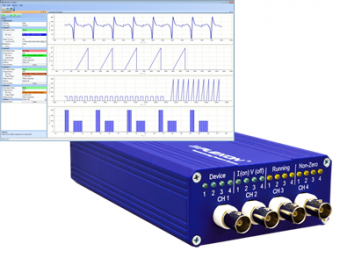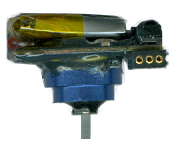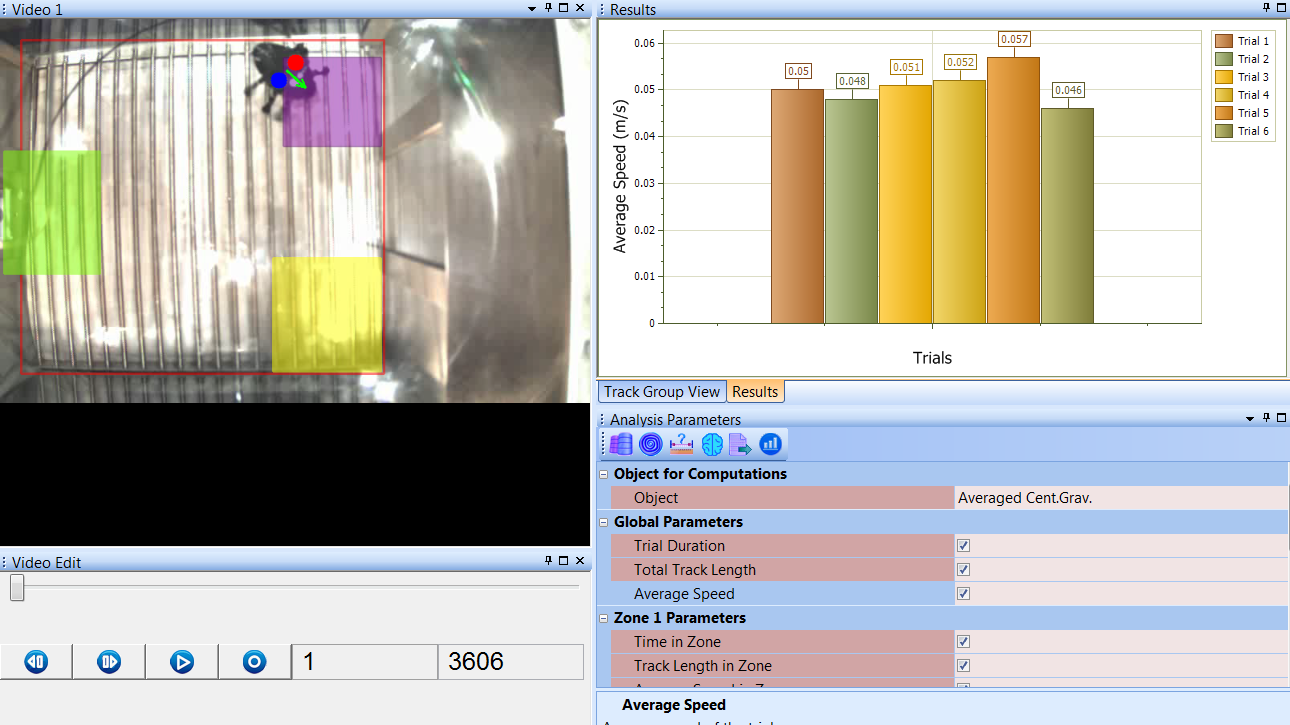PlexBright Optogenetic Stimulation System
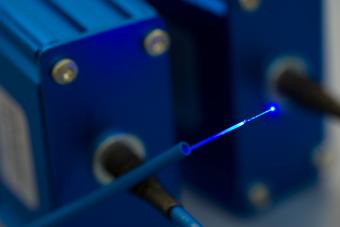
PlexBright Optogenetic Stimulation System

Optogenetic techniques provide a long sought-after level of control over neural tissue – the ability to activate or silence specific brain regions or cell types with extreme precision. In 2004, Ed Boyden and Karl Deisseroth at Stanford University collaborated with George Nagel and others to perform the work considered to be the genesis of the field now known as optogenetics.
Optogenetics employs a combination of genetic modulation and optical techniques. Cells are genetically engineered to express a light-sensitive opsin and then the engineered cells are activated with light, which results in cell activation (depolarization), inhibition (hyperpolarization), or modulation of intracellular signaling cascades. Below are a few of the most commonly used opsins:
-Channelrhodopsin-1 (ChR1) and Channelrhodopsin-2 (ChR2) cause fast depolarization of neurons (activation) when activated by blue light.
-Wild-type halorhodopsin, known as NpHR, causes inhibition (hyperpolarization) of the cell when triggered with yellow light.
-Archaerhodopsin-3 (Arch) inhibits (hyperpolarizes) the cell when triggered by green-yellow light.
The tools available for optogenetics have broadly expanded and now include proteins that are diverse in their ionic selectivity, spectral sensitivity, and temporal resolution. Researchers can also achieve greater specificity by manipulating the illumination (target certain regions for spatial specificity or pulse light for temporal resolution) and by limiting genetic modifications to certain cell types.
Plexon offers a powerful LED based optogenetic stimulation system that provides stable light output, outstanding temporal precision, and fewer safety concerns as compared to laser-based systems.
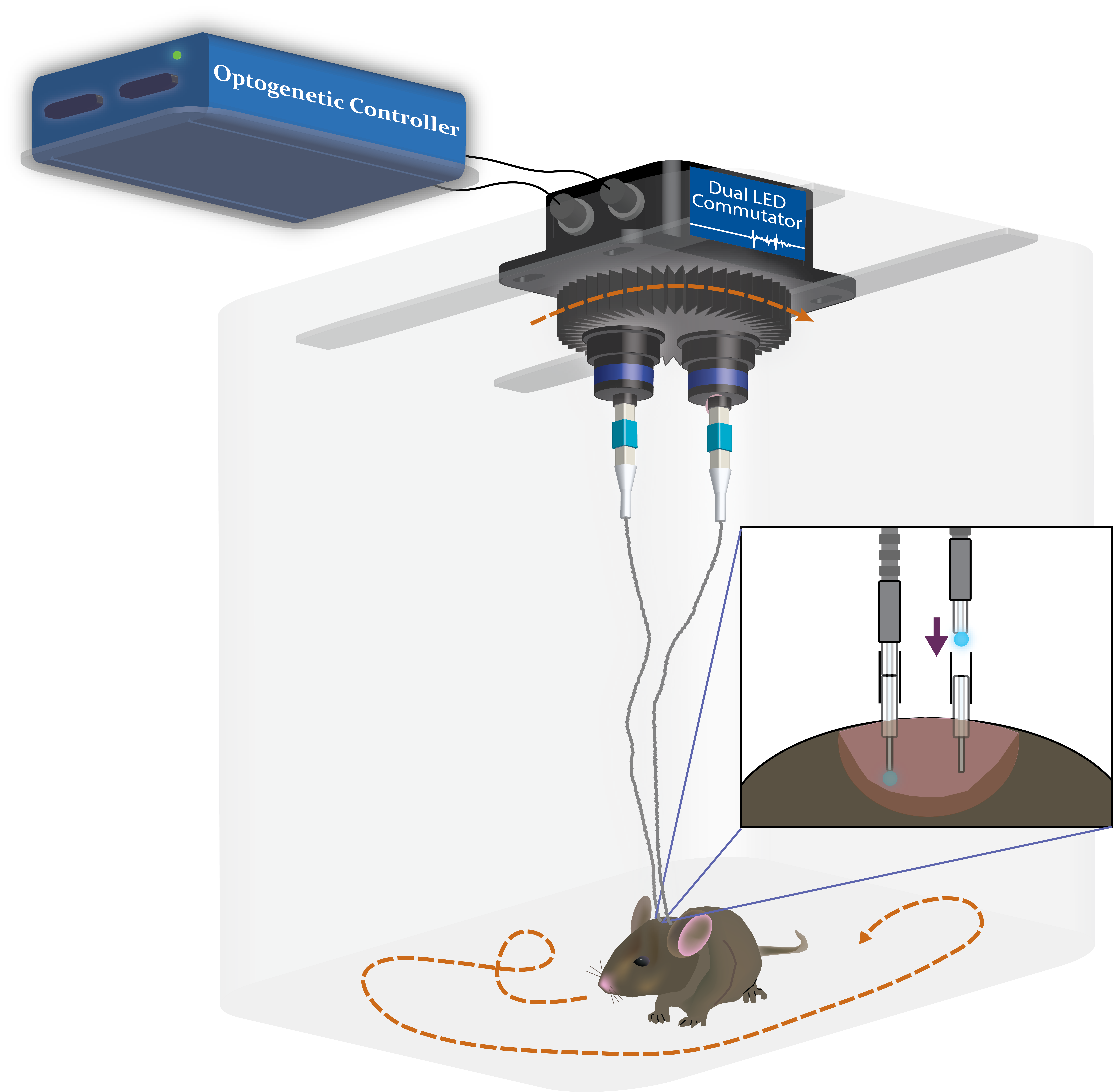
Optogenetic techniques provide a long sought-after level of control over neural tissue – the ability to activate or silence specific brain regions or cell types with extreme precision. In 2004, Ed Boyden and Karl Deisseroth at Stanford University collaborated with George Nagel and others to perform the work considered to be the genesis of the field now known as optogenetics.
Optogenetics employs a combination of genetic modulation and optical techniques. Cells are genetically engineered to express a light-sensitive opsin and then the engineered cells are activated with light, which results in cell activation (depolarization), inhibition (hyperpolarization), or modulation of intracellular signaling cascades. Below are a few of the most commonly used opsins:
-Channelrhodopsin-1 (ChR1) and Channelrhodopsin-2 (ChR2) cause fast depolarization of neurons (activation) when activated by blue light.
-Wild-type halorhodopsin, known as NpHR, causes inhibition (hyperpolarization) of the cell when triggered with yellow light.
-Archaerhodopsin-3 (Arch) inhibits (hyperpolarizes) the cell when triggered by green-yellow light.
The tools available for optogenetics have broadly expanded and now include proteins that are diverse in their ionic selectivity, spectral sensitivity, and temporal resolution. Researchers can also achieve greater specificity by manipulating the illumination (target certain regions for spatial specificity or pulse light for temporal resolution) and by limiting genetic modifications to certain cell types.
Plexon offers a powerful LED based optogenetic stimulation system that provides stable light output, outstanding temporal precision, and fewer safety concerns as compared to laser-based systems.

Optogenetic stimulation equipment
Select your Experimental Design
Plexon offers optogenetic equipment for every experimental design
Select your Experimental Design
Plexon offers optogenetic equipment for every experimental design
Optogenetic Equipment
Optogenetic Equipment
Combine Optogenetics with Behavioral Tracking
Plexon offers behavioral tracking software (CineLyzer) designed to integrate optogenetic stimulation with a variety of behavioral tasks. Combining PlexBright and CineLyzer allows the user to trigger optogenetic stimulation under time-specific conditions in behavioral tasks, such as the delivery of a conditioned stimulus light cue or when the subject displays a behavior of interest.
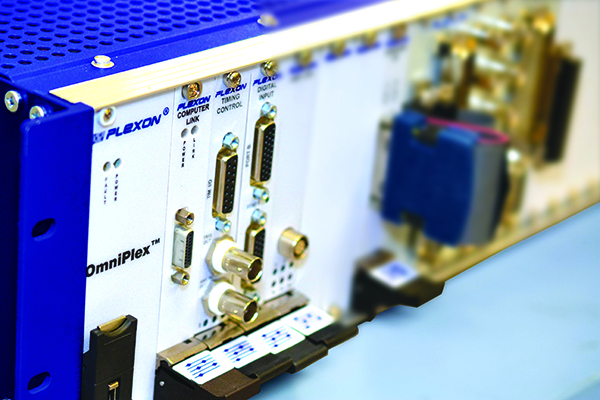
Integrate with Electrophysiology
Seamlessly integrate optogenetics with our OmniPlex Neural Recording System to create time-locked events in the recording data. Additionally, incorporating the Carousel commutator makes it possible to record neural activity and optogenetically stimulate in awake and freely moving animals.
Combine Optogenetics with Behavioral Tracking
Plexon offers behavioral tracking software (CineLyzer) designed to integrate optogenetic stimulation with a variety of behavioral tasks. Combining PlexBright and CineLyzer allows the user to trigger optogenetic stimulation under time-specific conditions in behavioral tasks, such as the delivery of a conditioned stimulus light cue or when the subject displays a behavior of interest.

Integrate with Electrophysiology
Seamlessly integrate optogenetics with our OmniPlex Neural Recording System to create time-locked events in the recording data. Additionally, incorporating the Carousel commutator makes it possible to record neural activity and optogenetically stimulate in awake and freely moving animals.






